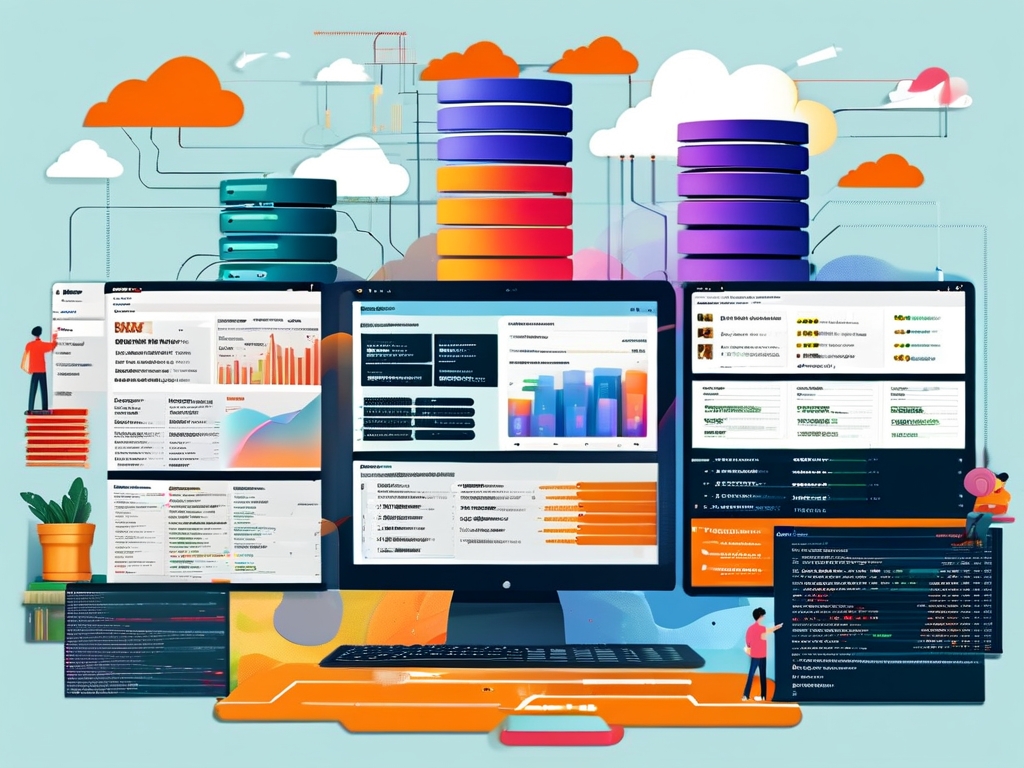With the rapid evolution of cloud computing, cloud-based development databases have become indispensable tools for modern software development. These databases offer scalability, flexibility, and cost-efficiency, enabling developers to build robust applications without worrying about infrastructure management. This article explores practical methods for leveraging cloud databases effectively, covering setup, optimization, security, and best practices.

1. Understanding Cloud Development Databases
Cloud databases are managed database services hosted on cloud platforms like AWS, Google Cloud, or Microsoft Azure. Unlike traditional databases, they eliminate the need for physical hardware maintenance and provide automatic scaling. Popular options include Amazon DynamoDB, Firebase Realtime Database, and MongoDB Atlas. These services support both SQL and NoSQL architectures, catering to diverse application requirements.
2. Setting Up a Cloud Database
To begin, select a cloud provider that aligns with your project's needs. For instance:
- AWS users might choose Amazon RDS for relational databases or DynamoDB for NoSQL.
- Firebase is ideal for real-time mobile and web apps.
- MongoDB Atlas offers a fully managed NoSQL experience.
After choosing a provider, follow these steps:
- Create an account and set up billing.
- Launch a database instance, configuring parameters like storage capacity and region.
- Connect your application using SDKs or API endpoints provided by the platform.
- Seed initial data through migration scripts or manual imports.
3. Data Modeling and Optimization
Effective data modeling is critical for performance. For NoSQL databases, design schemas based on query patterns rather than normalization. For example, in a social media app, embed user posts within user documents to reduce read operations. For SQL databases, use indexing strategically to speed up frequent queries.
Optimization tips:
- Use caching mechanisms (e.g., Redis) to reduce database load.
- Enable auto-scaling to handle traffic spikes.
- Monitor query performance with tools like AWS CloudWatch or Google Stackdriver.
4. Security Best Practices
Cloud databases are vulnerable to breaches if misconfigured. Implement these safeguards:
- Encryption: Ensure data is encrypted at rest and in transit.
- Access Control: Use role-based access (IAM policies) to limit permissions.
- Backups: Schedule automated backups and test recovery processes.
- Audit Logs: Track database activities to detect suspicious behavior.
5. Integration with Development Workflows
Incorporate cloud databases into CI/CD pipelines for seamless deployments. Tools like Terraform or AWS CloudFormation enable infrastructure-as-code (IaC), allowing teams to version-control database configurations. For testing, use isolated database instances to avoid polluting production data.
6. Cost Management
While cloud databases reduce upfront costs, expenses can escalate without oversight.
- Monitor usage: Set budget alerts to avoid surprises.
- Choose pricing models: Opt for reserved instances for predictable workloads or pay-as-you-go for variable traffic.
- Delete unused resources: Terminate idle instances to save costs.
7. Real-World Use Cases
- E-commerce Platforms: Use cloud databases to handle inventory updates and user sessions during flash sales.
- IoT Applications: Store and analyze sensor data in real time.
- Mobile Apps: Sync offline data using Firebase's offline persistence feature.
8. Challenges and Solutions
- Latency Issues: Deploy databases in regions closest to your users.
- Vendor Lock-in: Use multi-cloud strategies or abstraction layers like Prisma.
- Skill Gaps: Train teams through certifications (e.g., AWS Certified Database Specialty).
9. Future Trends
Serverless databases (e.g., Amazon Aurora Serverless) are gaining traction, enabling developers to focus solely on code. AI-driven database tuning and blockchain-integrated databases for enhanced security are also emerging trends.
Mastering cloud development databases requires a blend of technical knowledge and strategic planning. By following best practices in setup, security, and optimization, developers can harness the full potential of cloud databases to build scalable, secure, and high-performing applications. As cloud technology evolves, staying updated with new tools and methodologies will remain key to maintaining a competitive edge.





